
Articles

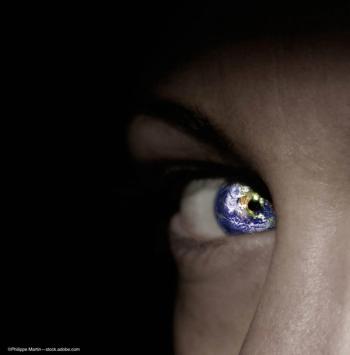
The healthcare sector has high greenhouse gas emissions, to which ophthalmology is a significant contributor. Reducing waste, reusing instruments and medication and increasing our use of telemedicine can all contribute to reducing the carbon footprint of our specialty.

Utilizing new technology, surgeons can be 20 to 40 times more precise.
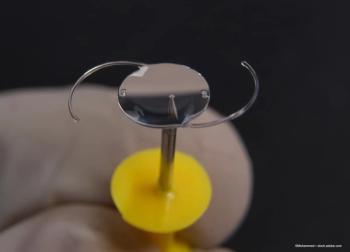
Researchers compared two novel lens designs using data obtained from 19 investigational sites in Australia, Canada, Spain and the UK.

Results from the study were presented by Dr Russell Tait, CEO of PolyActiva, at the Glaucoma 360 New Horizons Forum in San Francisco, California.
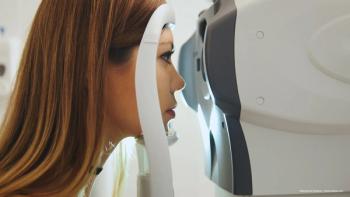
Alimera Sciences, Inc. announces statistically significant improvements in best corrected visual acuity, central subfield thickness and treatment burden for patients with diabetic macular oedema.
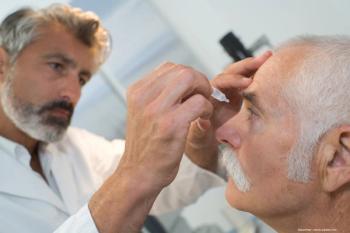
Loteprednol etabonate suspension 0.25% demonstrates anti-inflammatory action and produces significant improvement in conjunctival hyperaemia and ocular discomfort.

Prompt, careful use of laser-based treatment minimises postoperative adverse effects.

The Malyugin Ring 2.0 simplifies challenging cases of small pupils with zonulopathy by both stabilising the capsular bag and dilating the pupil.
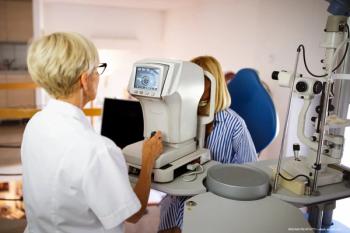
Researchers know that parts of the retina are considered as biomarkers for Alzheimer disease, but the team from Otago’s Dunedin Multidisciplinary Health and Development Research Unit in New Zealand have been investigating the retina’s potential to indicate cognitive change earlier in life.

Kriya Therapeutics company recently took the wraps off an exclusive agreement with the Medical University of South Carolina (MUSC) Foundation for Research Development to license next generation complement-targeted gene therapies for the treatment of geographic atrophy and other ocular diseases.
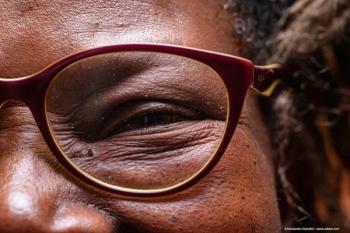
Novel treatment reduces treatment burden and improves outcomes.
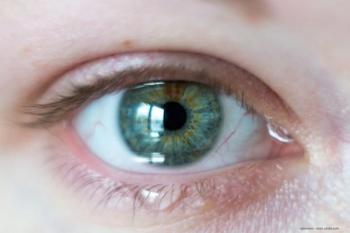
Intracanicular insert is the first physician-administered, preservative-free method.

A brief overview of findings presented at the 2022 Angiogenesis, Exudation and Degeneration meeting hosted by Bascom Palmer.

Investigators in the Netherlands have developed an RNA therapy to halt the progression of Stargardt disease.

KALAHARI study finds THR-149 to be safe, well-tolerated with preliminary efficacy as treatment for DMO patients who respond suboptimally to anti-VEGF.
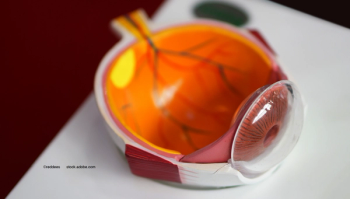
Faricimab is the first bispecific antibody designed for intraocular use that blocks 2 pathways, the angiopoietin-2 (Ang-2) and the vascular endothelial growth factor (VEGF) A pathways.
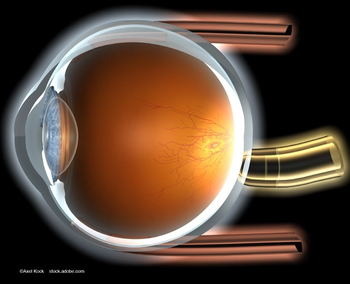
Most patients who had received monthly injections, that is, 92%, preferred the PDS after switching, with 88% having a very strong preference.
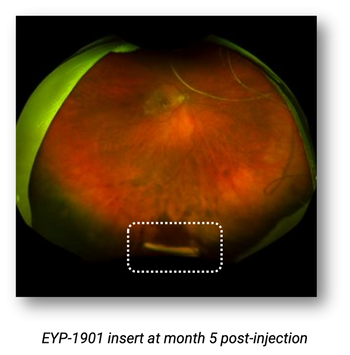
Previously treated patients showed significantly reduced treatment burden.
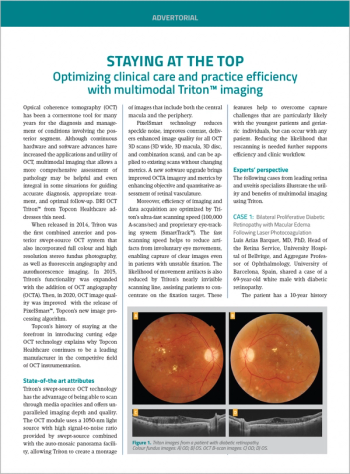

In a presentation at the Bascom Palmer Eye Institute’s 19th annual Angiogenesis, Exudation and Degeneration 2022 Virtual Edition, Dr Glenn J. Jaffe noted that the analysis showed, for the first time, a decreased growth rate in the central foveal area by a therapeutic intervention when compared with sham treatment.

This study showed that an investigational subretinal implant, CPCB-RPE1, containing allogeneic human embryonic stem cell-derived RPE cells, was safe and well-tolerated by patients with dry AMD.

A once-daily oral drug targets inflammatory processes and thus far has been found to be well tolerated in a Phase 2 safety trial.

A new home telemedicine system generates valuable data on disease and the dynamics of fluid exudation.

Computer software platform provides home vision exercises to overcome asthenopia.

The 3-month study will assess the safety and ocular hypotensive efficacy of TC-002 ophthalmic solution.

Corneal aberrations may occur more frequently than is generally appreciated, and they affect the visual outcomes following cataract surgery. Small-aperture optics provide a solution for a large category of patients who are otherwise not well served by complex IOLs.

The GMOPC was established in February 2020 at an inaugural meeting in Los Angeles, California, as an investigator-initiated clinical research study, with Heidelberg Engineering as an industry partner.

Government, academia and industry team up to streamline gene therapy development.

Comparisons of deep sclerectomy and trabeculectomy show the former to have better outcomes and fewer complications in cases where it is indicated.

